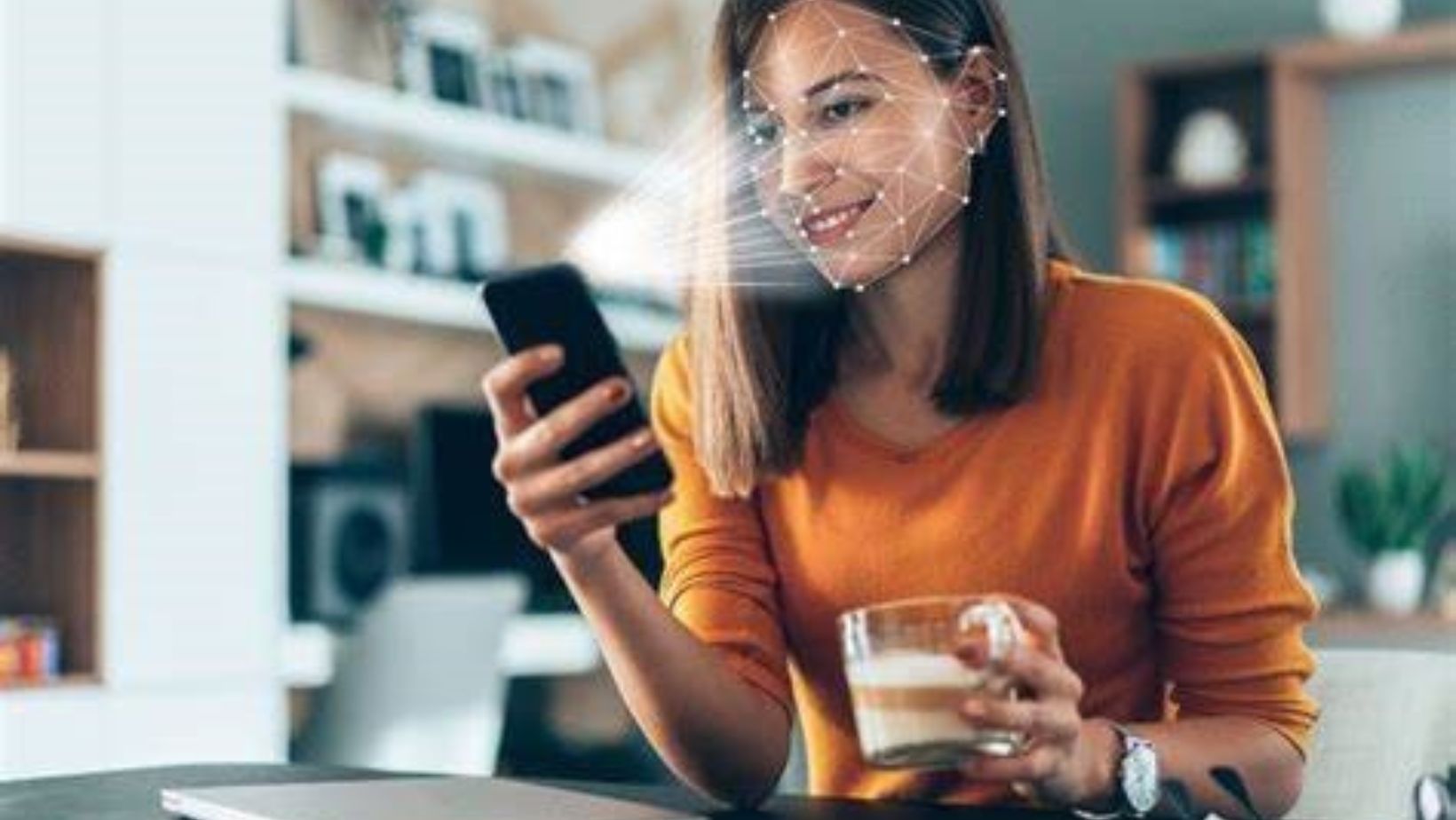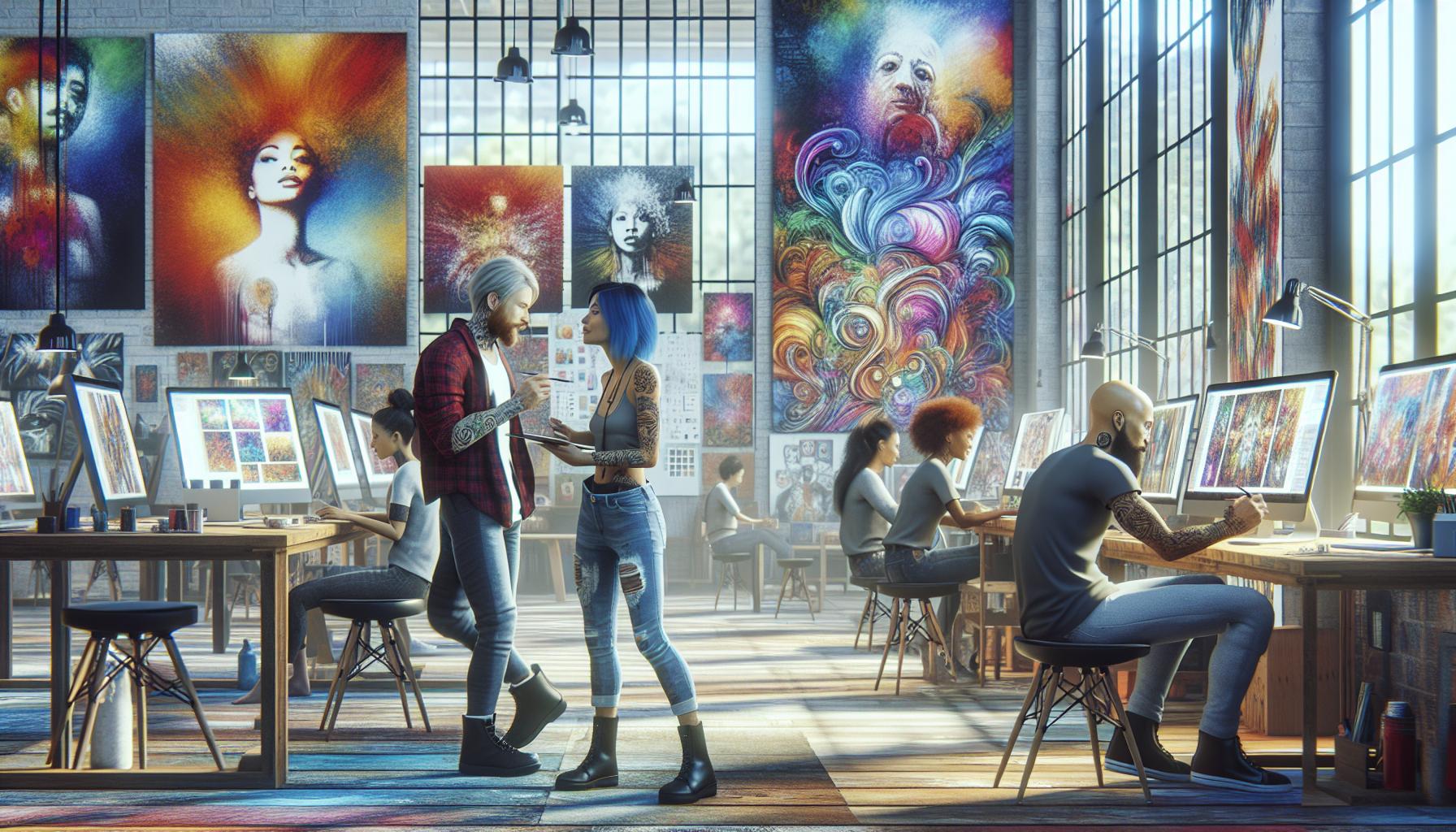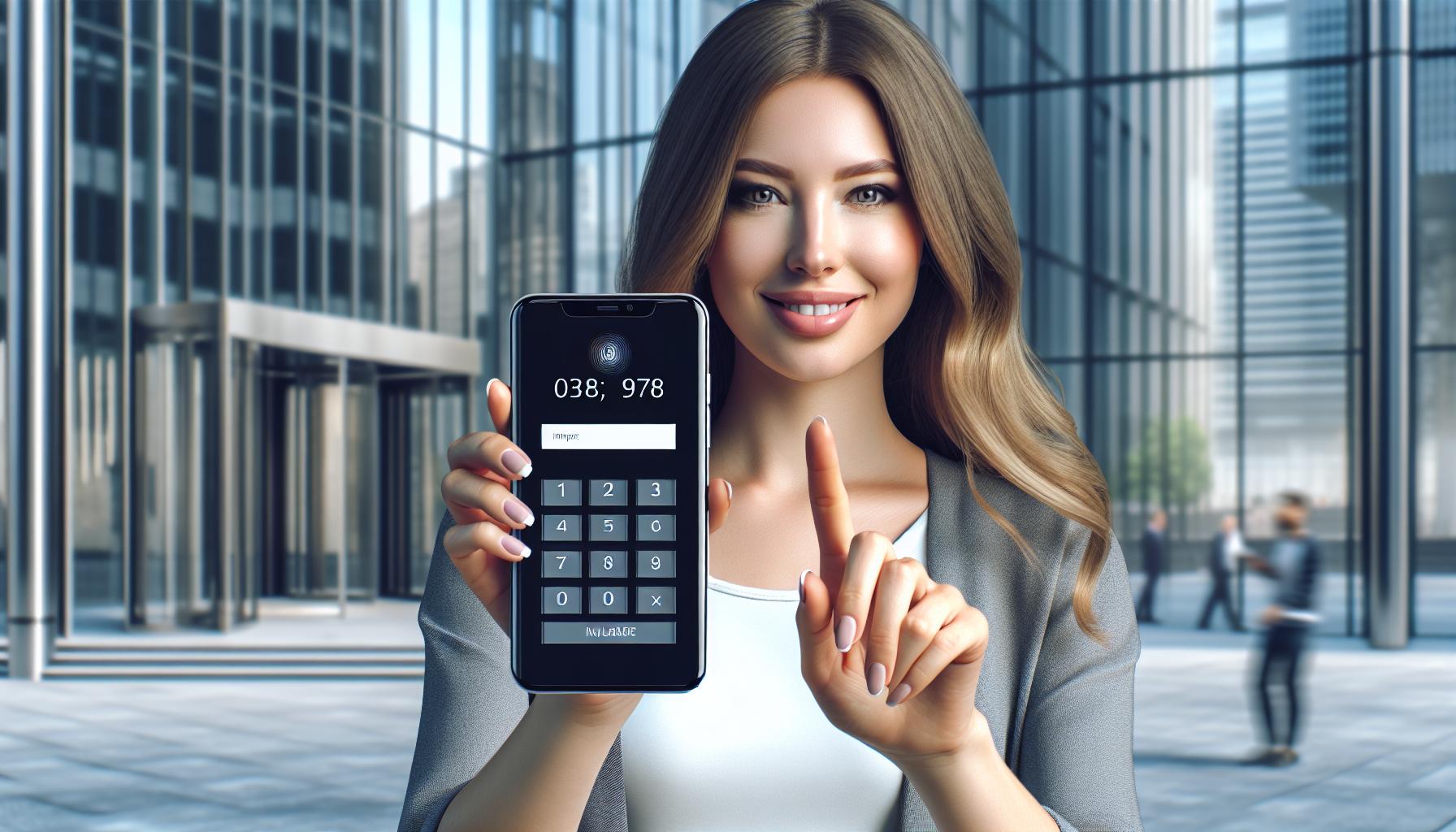Identity verification has always been an important part of business security. In the past, it was relatively straightforward. Records were stored on paper, and only people with physical access to the storage facility could use the information.
For small businesses, this meant just one or two people with access.
Today, everything is stored online, and companies store significantly more information about every customer or potential customer they meet.
Unfortunately, this has made it easier for unauthorised people to access this data. A single data breach can be devastating to a small business.
Of course, security measures like firewalls, anti-spam filters, and biometric coding help protect this data. Unfortunately, there is a weak link, and that’s remote workers.
Since COVID-19, there has been a dramatic increase in remote workin,g and many of these employees use personal computers to access company networks.
In short, it’s easier for someone to hack or otherwise infiltrate a personal computer and then enter company systems.
To help fight this, identity verification is evolving.
Smart Access Cards
Photo Identity People
It’s no longer enough to have a standard printed access card. If you want to reduce the risk of people accessing your data, you need smart cards and smart card readers. These smart access cards have special chips in them, access can’t be granted to a system unless the chip in the card is authorized by the system.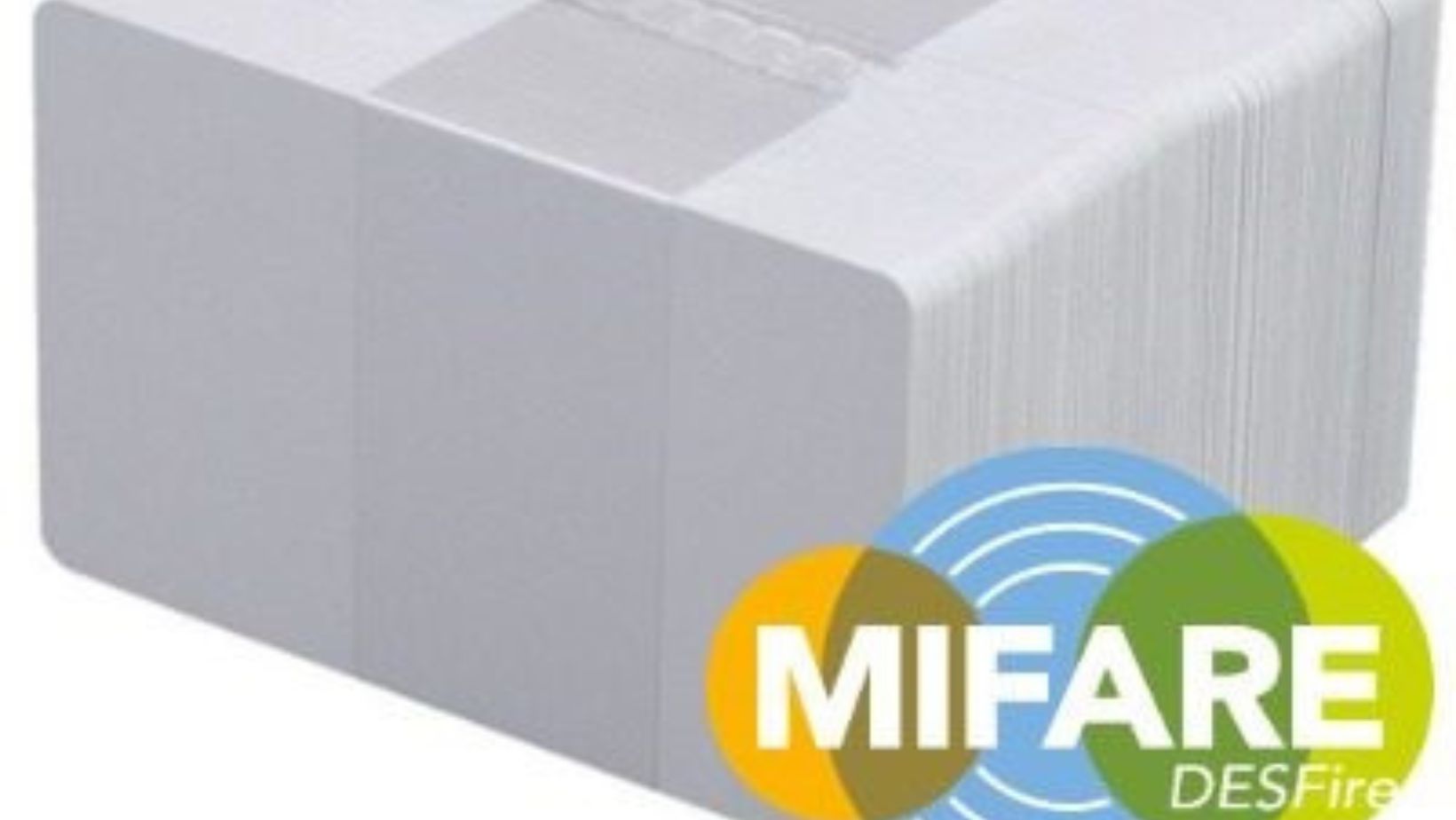
It’s an effective way to reduce unwanted system access.
Biometrics
Many businesses are complementing their smart access cards with biometric confirmation. Personnel data is stored in encrypted files. This includes fingerprint or retina scans. Used in conjunction with home readers, any business can create a dual-authentication system which is hard to beat.
An advancement on this, which businesses are using to help with age confirmation, is AI biometrics. This is when the AI calculates what age someone is likely to be based on their image.
Voice Verification
Live video chats are an effective way to confirm you’re dealing with an individual and not a bot. AI is enabling companies to take this a step further and can compare an individual’s voice to the one on their records.
This makes it much easier to ensure only authorised personnel are accessing company data.
An alternative to this is a live image taken on someone’s camera, which can be compared by AI to company records.
In both cases, it makes it significantly harder for unauthorised people to access your systems and your data.
Behaviour
Another modern solution to help companies protect themselves while allowing remote work, is analysing the behavioural patterns of users.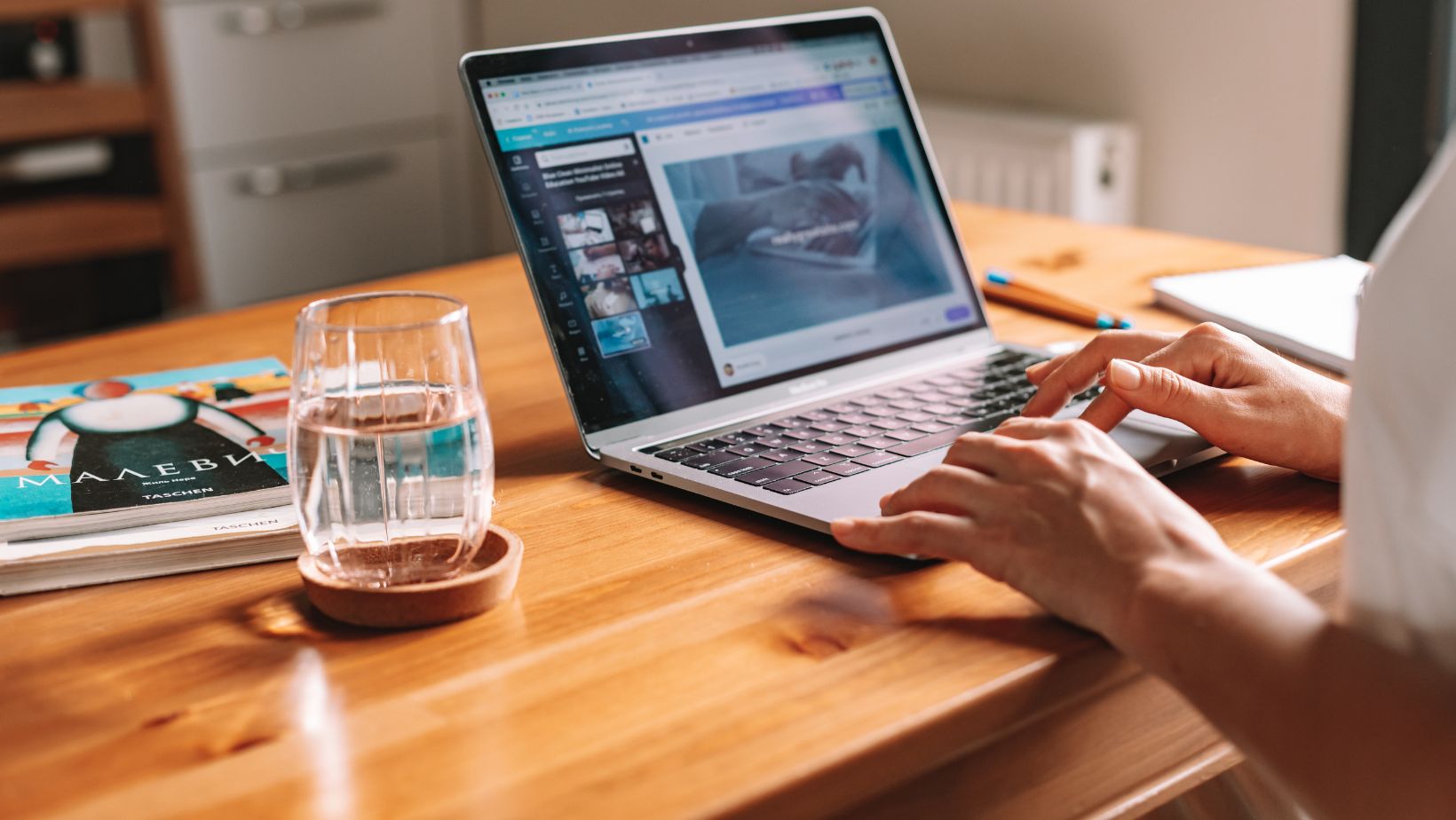
AI can easily recognise trends, such as how long users usually work for, how productive they are, how many inactive breaks there are, etc.
This information can be used to confirm that a user is who they are supposed to be.
Summing Up
The bottom line is simple: remote work is becoming increasingly popular, but it comes with risks. The biggest of which is fake identities gaining access to your systems.
Implementing the above measures will help to ensure your business is as well protected as possible.

